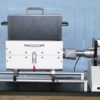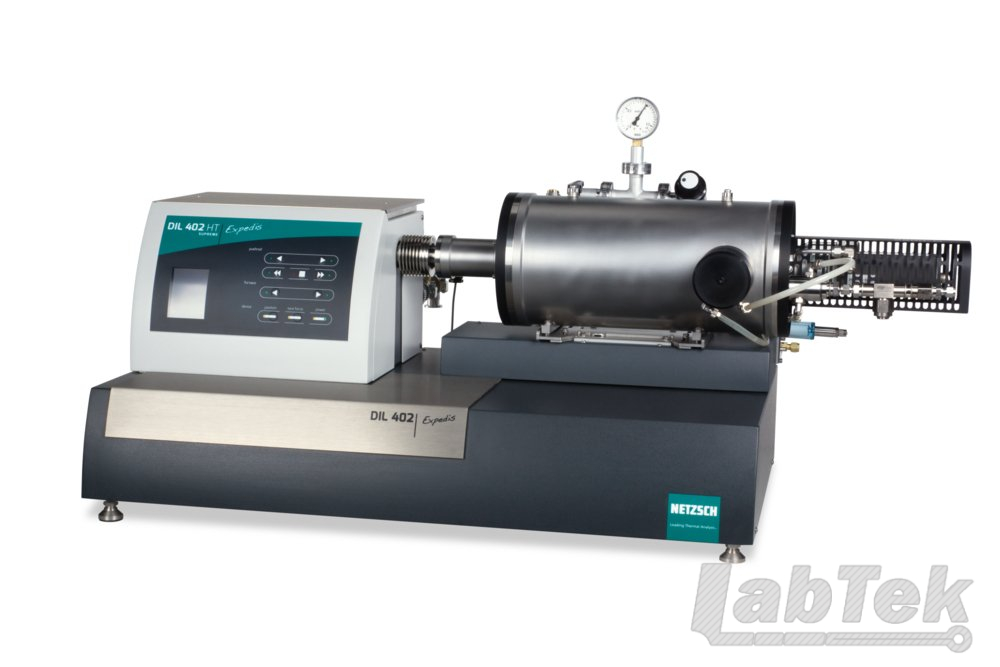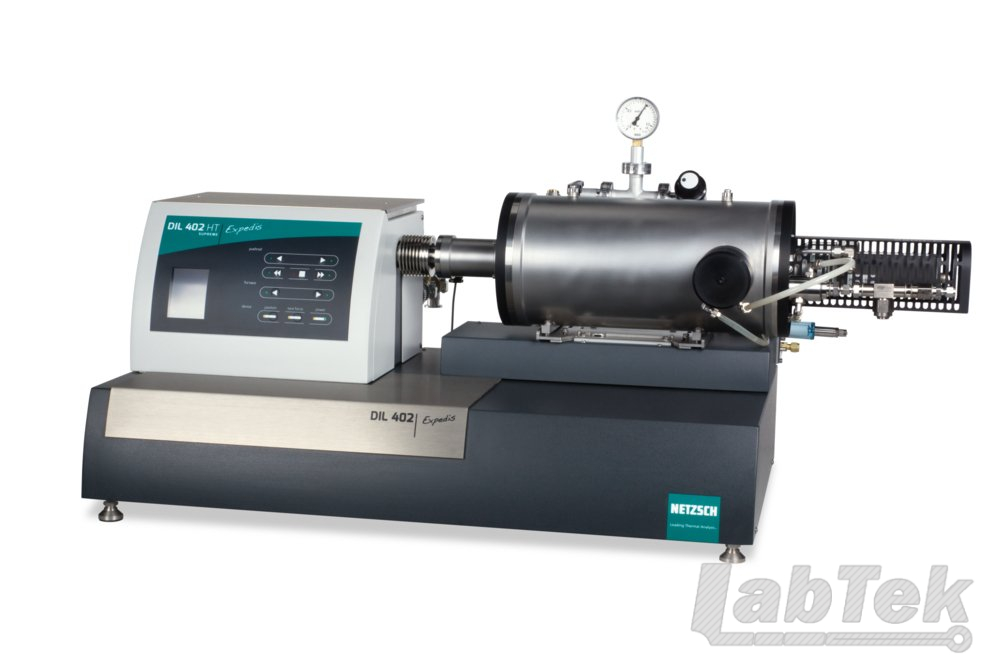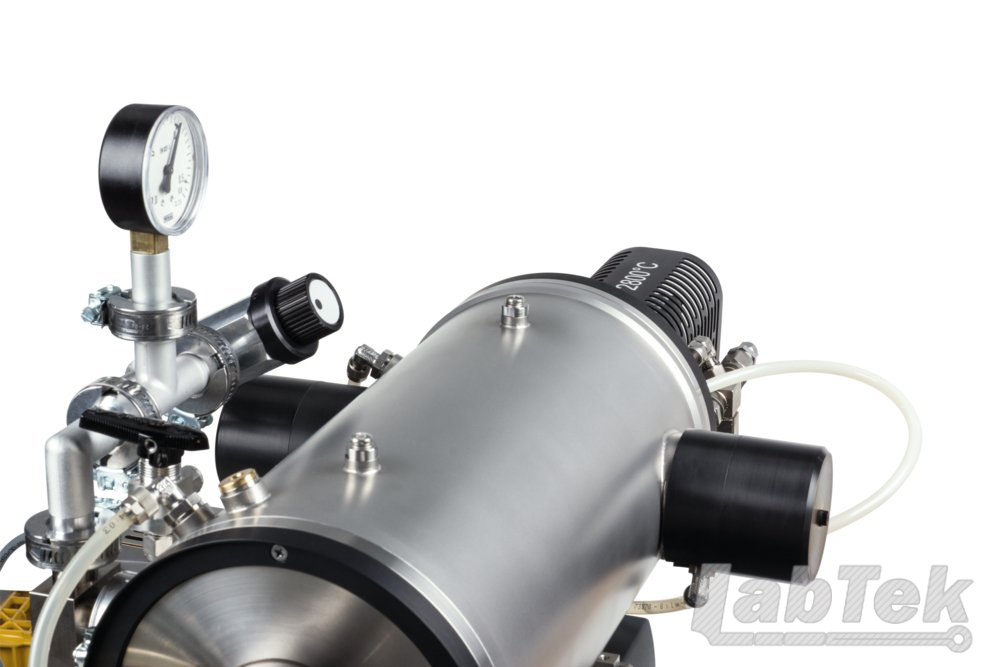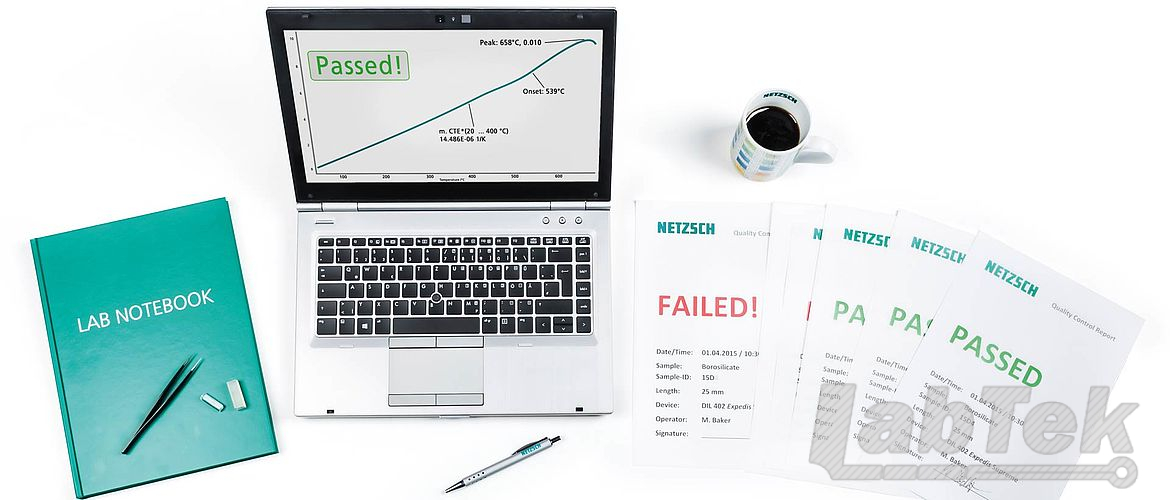DIL 402 Expedis Supreme HT
High Temperature Version
Up to 2800°C
Variable Gas Atmosphere Is Key
In the DIL 402 Expedis Supreme HT instrument, the sample chamber and furnace chamber are always separated by means of a protective tube (glassy carbon or alumina). This allows for the use of a different atmosphere around the sample than around the heating elements.In combination with an alumina protective tube (maximum furnace temperature: 1680°C), even an air atmosphere can be applied to the sample.
The optional AutoVac system for evacuating and refilling the sample chamber along with integrated purging of the pyrometer window effectively supports the direct switch between oxidizing and inert conditions.
Broadest Application Range
Two graphite furnaces with end temperatures of 2400°C and 2800°C provide the appropriate configuration for measuring the thermal expansion of metals, alloys, ceramics and composites in applications such as aerospace, power generation, the oil and gas industry or demanding research.
However, via an adapter, each of these graphite furnaces can be replaced with a standard furnace such as SiC, SiO2, Cu or steel. The opposite is also feasible: A DIL 402 Expedis Supreme HT measuring part with a standard furnace can be subsequently retrofitted with a high-temperature furnace.
Proteus® Software
The unique Proteus® 7 dilatometer software offers everything a user could ever want and need: It runs smoothly, provides reliable results, and it is fast and efficient. It provides a large range of functions, but – at the same time – offers a clearly-arranged user interface. Additionally, it is intuitive and thus easy to learn. But … that’s not all. There are some more options inside which impress even the most experienced operators – particularly the Density Determination, the patented c-DTA® and the new, innovative Identify software features.
Identify
The unparalleled Identify, for the identification and interpretation of DIL measurements includes several NETZSCH libraries with hundreds of entries from the ceramic, inorganic, metal, alloy, and polymer or organic fields. Additionally, user-specific libraries can be created. They can be shared with other users within a computer network.
Identify allows the identification of unknown samples from the absolute values, the slope or the shape of a measured curve. This will also open up the opportunity to compare known samples against a variety of other samples, enabling one to make a statement about material quality. Finally, all measurements can be stored in the extensive database and are always available for identification or quality comparison.

